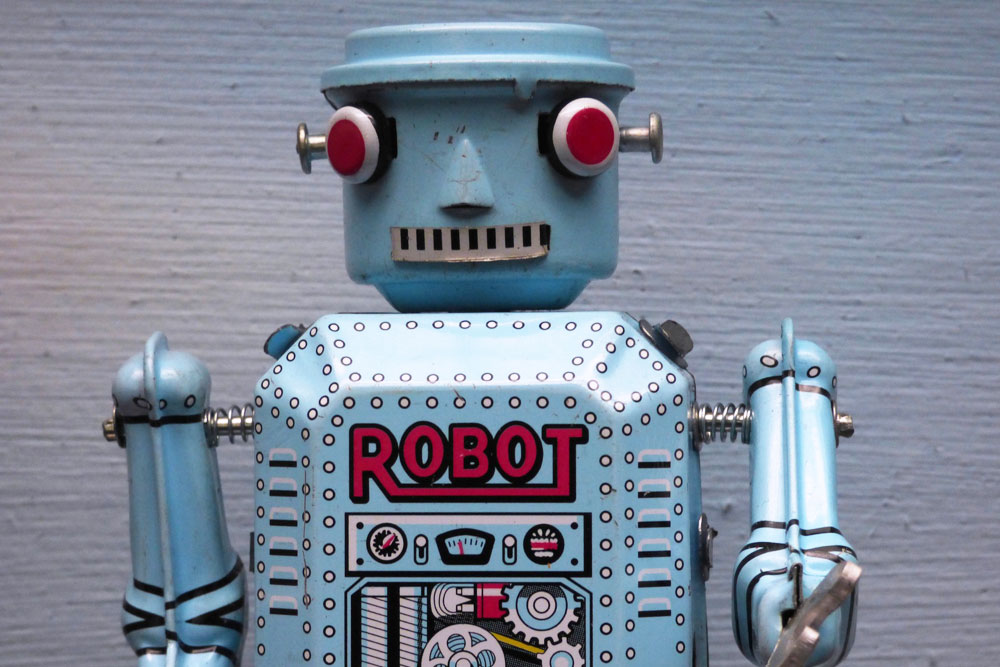Chatbots in online customer services
Chatbots are big news. We have recently designed a chatbot for an online customer service role for an insurance company in Hong Kong. There is still a long way to go with this technology and this is an introduction and the first in a series of chatbot articles.
What are Chatbots?
Chatbots are ‘the next big thing’ in time-saving software.
Chatbots are friendly online assistants who pop-up when you are browsing websites. They offer help or advice, often with the appearance of a live chat box or through a messenger service.
Chatbots are designed to reflect the experience of meeting with a business and speaking to a member of staff. There is an added benefit of being able to provide superfast access to a vast array of information on the company’s products or services.
Chatbot benefits include
There are many benefits of Chatbots in customer services they:
-
Make brand engagement simple, intuitive and fun for the customer.
-
Are inexpensive to build.
-
Are created faster than most cross-platform apps.
-
Need a simple and familiar user interface making it intuitive to interact with.
-
Offer 24/7 help
-
Reduce operating costs by requiring less staff to fill customer service roles.
-
Provide online shoppers with a better buying experience.
-
Make it easy to distribute content e.g. feeds, images or news
-
Enable brands to deliver targeted content based on user feedback
-
Can be a great source for lead generation
How do Chatbots work?
At present, there are two main categories of Chatbot:
-
A Chatbot which functions on rules – the first generation
-
A Chatbot which functions on ‘machine learning’ – second generation
First Generation Chatbots
First Generation Chatbots function using a simple rule system. It works in a similar way to the function of used by search engines.
Questions are programmed in, and appropriate answers laid out. For example, users might type in “Who do I speak to about renewing my contract?”. The Chatbot will respond with the set reply, “You will need to speak to Mary on the following telephone number.” This system is great for simple interactions. But gets stuck when people use real speech patterns.
These Chatbots were favoured by IT support call centres. They help first and second line support access questions. Reducing time and increasing resolved tickets.
The disadvantage of first generation chatbots is that they don’t understand natural language.
Second Generation Chatbots
Second generation Chatbots use artificial intelligence technology to process human language. These programmes use ‘machine learning’. They strip out punctuation, extract keywords, phrases, and correct spelling mistakes, before referencing their virtual library for a response. We call this National Language Processing.
For example, if someone messaged a Chatbot, “I would like to order a pair of shoes from your website but it isn’t working. Please help!”. The Chatbot will see the words “order”, “shoes” and “help” to determine that there is an issue with ordering the shoe.
The Chatbot ‘learns’ keywords to improve answers and the language it will respond with. A more developed Chatbot with the same query will then also understand “website” and “isn’t working”. It will provide first line response to website errors. Report it back to the relevant department in the company and assist the customer in hand.
What are the main advantages of Chatbots?
Mobile technology makes it easier for customers to get support, provide feedback and buy goods on the move. We are now a generation of customers seeking an immediate response from companies. Regardless of where they are or the time. Instead of being seen as an ‘office hours’ service.
Chatbots for better customer service
The number 1 most important factor in customer loyalty is reducing effort. Also, EConsultancy have found that Chat is the most important customer service channel. It is also the most used channel.
Chatbots in messenger apps
A Chatbot forerunner is Facebook. They included Chatbot integration on their messenger service back in April 2016. This allowed customers to liaise with companies online while logged into Facebook. No more complicated forms, no more misdirected phone calls, more staff time to focus on the customer. Other companies to include Chatbots are Mastercard, CNN, Domino’s, eBay, Uber, Disney and UNICEF.
With its learning capacity, Chatbots can be used to search a wide variety of information in a short time. Their uses span further than customer service.
Chatbots in marketing
One particularly fun example of this came from Disney. They launched Zootopia Facebook Messenger Chatbot. Designed as pint-sized Police bunny Judy Hopps she engaged users by providing clues. The clues encourage people to help Judy solve crimes in the fictional city of Zootopia.
We hope to unveil our Chatbot soon. Please like our Facebook and LinkedIn pages for updates, news and insight.
